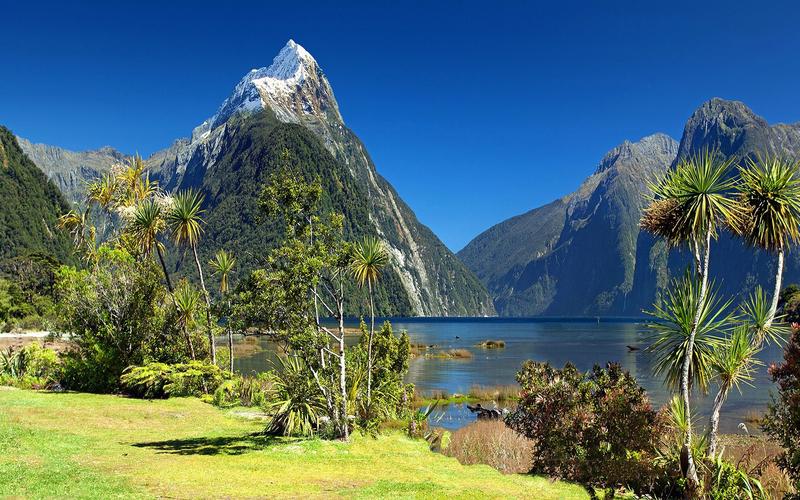The Role of the National Mapping and Resource Information Authority in Promoting Sustainable Development
In today’s ever-changing world, the concept of sustainable development has become a crucial issue to tackle as it aims to balance economic, social, and environmental concerns. The National Mapping and Resource Information Authority (NAMRIA) is an important government agency in the Philippines that plays a significant role in promoting sustainability in the country.
Introduction
NAMRIA is a government entity that is responsible for providing and producing topographic maps, nautical charts, and geospatial information services to support the development of the natural resources, environment, and infrastructures of the Philippines. The agency is the central mapping authority in the country providing sources of geographic data and information through the use of traditional and modern surveying techniques.
Body
The main mandate of NAMRIA is to provide reliable and accurate geospatial information services to enhance decision-making, planning, and development in the country. The agency’s various maps and data are used for a wide range of activities, including national security, disaster risk management, urban planning, environmental management, and resource exploration.
In the realm of sustainable development, NAMRIA plays a crucial role in the creation of geospatial data, which is vital in developing strategies and policies that promote sustainability. For instance, the agency plays a significant role in land-use planning by creating land-cover maps that show the different types of land and their uses. This data is critical in decision-making for sustainable land management and conservation of natural resources.
One of the significant challenges in promoting sustainable development is the lack of environmental data, which impairs the ability to make informed decisions. NAMRIA addresses this problem through its geospatial information services that support the country’s environmental programs. For example, the agency’s data on forest cover and deforestation rates facilitates the development of programs for sustainable forest management and conservation.
Beyond providing geospatial data, NAMRIA collaborates with other agencies and stakeholders to develop sustainable development programs. The agency partners with different government agencies, non-governmental organizations (NGOs), academic institutions, and industries to develop sustainable land-use strategies, environmental conservation programs, and disaster risk reduction initiatives. These programs aim to promote sustainable economic growth while preserving the environment, ensuring social equity, and investing for the long term.
Conclusion
The development of a sustainable future requires the active involvement and cooperation of all sectors of the society. NAMRIA plays a critical role in ensuring that the development of the Philippines is sustainable and well-informed through its geospatial data and information services, collaboration with stakeholders, and the development of sustainable programs. By supporting sustainable development practices, NAMRIA contributes positively to the country’s future, ensuring that the well-being of current and future generations is guaranteed.
(Note: Do you have knowledge or insights to share? Unlock new opportunities and expand your reach by joining our authors team. Click Registration to join us and share your expertise with our readers.)
Speech tips:
Please note that any statements involving politics will not be approved.
